Apr 09, 2025
Author:Amanda Lyu
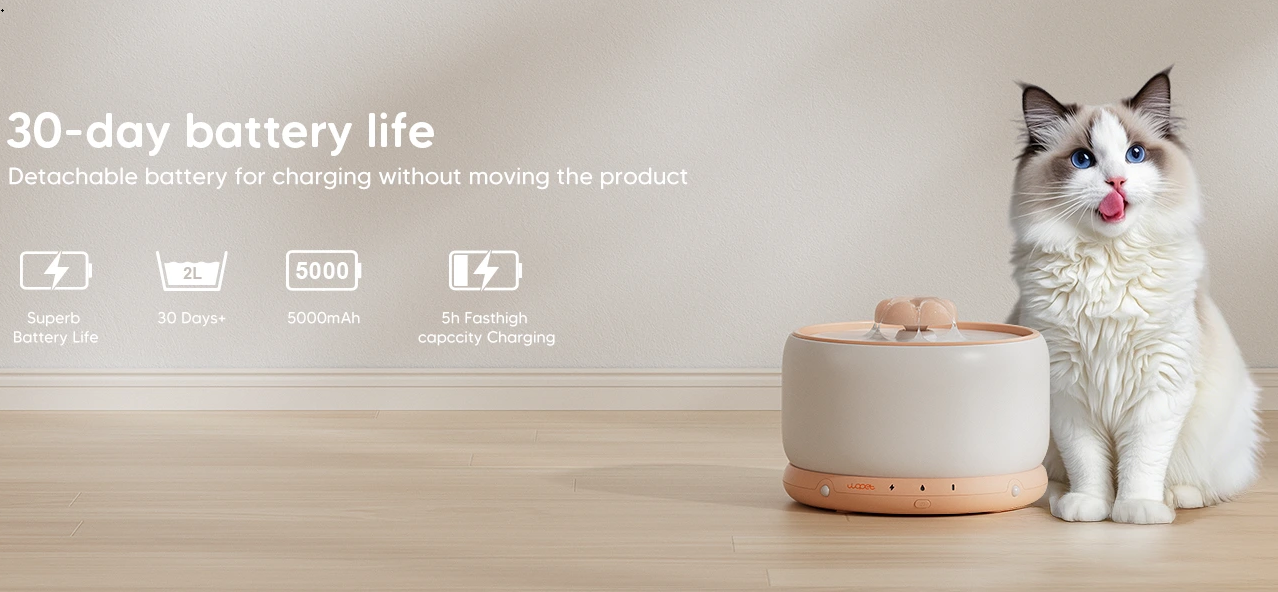
Appropriate hydration defines the overall health and well-being of your cat. Cats have a naturally strong thirst drive, unlike dogs, who have a naturally moderate thirst drive. Their wild progenitors depend on food moisture rather than straight up drinking water. Especially if they eat dried kibble then these modern house cats may not have enough water from their meal alone. This underlines the need for cat owners to help their pets to be well hydrated.
This article will cover the importance of cat hydration, the most common indicators of dehydration, and practical advice on how to keep cat hydrated easily. These recommendations will guarantee your cat is well-hydrated, healthy, and happy whether you add hydration to their meal, utilize a cat water fountain, or create strategies to make water more appealing.
Like humans, cats require enough water to power their internal systems. Adequate hydration helps in detoxification, renal function, temperature management and digestion. Renal failure, constipation, and urinary tract infections are among the main effects of cat dehydration.
Early signs of cat dehydration must be recognized if significant health problems are to be avoided. Owners might not recognize cat dehydration until it is severe, as cats typically hide their misery. Here are several clear indicators that your cat might not be drinking enough:
A dehydrated cat might show unusual weariness, indifference, or loss of play drive. Dehydration steals your cat's vitality; water is essential for energy generation. Hence, your cat may seem weak or exhausted.
Healthy cats often have rather wet mouths and noses. An unusually dry nose and sticky or dry gums might suggest cat dehydration. If it takes longer, your cat can be dehydrated; softly massaging a finger on the gums could help the color return quickly.
The skin tent test is a quick way to measure your level of dehydration. Gently press your cat's shoulder region to allow loose skin out. If the skin comes fast, your cat is getting adequate water. Should your cat stay tight or come slowly, it can be dehydrated and require urgent care.
While hydrated cats have bright and alive eyes, dehydrated cats' eyes may appear sunken or lifeless. Lack of moisture causes major dehydration, making the eyes appear dry or glazed.
Dehydrated cats usually lose their appetite. A cat in dehydration might not eat, which would cause extra health issues as digestion depends on sufficient water. Monitor your cat's water consumption and promote hydration if its appetite drops unexpectedly.
A cat adequately hydrated will have light to clear yellow urine. Darker urine or less urination might result from dehydration. Dehydration causes a cat to pee less frequently as their body works to save water. Watching the litter box for changes in urine color and volume will let you identify dehydration early.
Dehydration causes hard, dry feces that might make it difficult for your cat to eliminate waste. Water is essential for normal intestinal function. Should your cat be using the litter box and you see fewer bowel movements or any indication of pain, dehydration might be the reason.
Detecting these indicators early might help you support your cat's hydration maintenance and overall health preservation.
Cats like fresh, clean water. To maintain cleanliness and prevent bacterial growth, change your cat's water at least once or twice daily. Using filtered water rather than tap water might also help motivate your cat to drink more.
Many cats like running water over quiet bowls. Your cat will like a cat water fountain, as it simulates the sound of rushing water. This method greatly enhances cat hydration by promoting regular drinking patterns.
If cats' water is located only in one place, they may be reluctant to drink. To help them stay hydrated, place many water basins scattered around your house. This method ensures that your cat consumes enough water throughout the day.
Some cats avoid plastic dishes because of the flavor and bacterial accumulation. To promote more cat water intake, use glass, stainless steel, or ceramic dishes.
Dry food's low moisture level might cause dehydration. Including wet food in your cat's diet is among the finest methods to keep them hydrated. With up to 80% moisture, wet food provides a more effective hydration source.
If your cat mostly eats dry kibble, consider softening it with broth or water. This straightforward approach improves the meal's flavor and helps keep cats hydrated.
Another great method to get your cat to drink is low-sodium chicken or bone broth. A fresh treat for your cat or simply pouring some over their dinner could help keep them motivated to drink more.
While some cats may like chilly, crisp water, others may prefer room-temperature water. Experimenting with different temperatures can help you find what your cat likes.
Ice cubes liven up your cat's drink and make it more enjoyable—some cats even like to lick ice cubes, which might promote greater cat water intake.
Being naturally clean, cats might not drink water too near their litter box or food. Locate their water bowls in a calm, distant location and that might promote more frequent drinking.
Tracking your cat's water consumption will enable you to guarantee their health and avoid dehydration. Because cats often lack a strong thirst drive, pet owners could sometimes miss tiny changes in their cats' drinking habits. These are some excellent methods to track and uate your cat’s water intake efficiently :
Measuring the daily quantity you offer is one of the easiest methods to monitor your cat's water consumption. Fulfill these obligations:
● In the morning, add some fresh water to their water bowl.
● By day's end, measure the remaining amount.
● Examine both to determine your cat’s average water intake.
A healthy cat should, on average, consume 3.5 to 4.5 ounces of water daily for every five pounds of body weight. If your cat constantly drinks less than this, you might have to motivate them to drink more.
Many cat drinking water fountains have built-in measuring indicators to help you monitor your cat’s water intake. By continually offering fresh water, fountains also enable cats to drink more, which many cats prefer than motionless water in a bowl.
A cat that drinks enough water will urinate frequently. Check the litter box for:
● Frequency: Most cats pee two to four times daily. Reduction in frequency might indicate dehydration.
● Color: Though pale yellow urine is usual, bright yellow or orange pee indicates cat dehydration.
● Clump Size (for clumping litter): Smaller or less frequent clumps might indicate your cat is not drinking enough, whereas larger ones usually indicate suitable hydration.
Should you see less urinating, consider boosting your cat's drinking; if the problem continues, consult a physician.
Keep an eye on your cat's trips to its water source. Some signs that your cat might not be drinking enough water include:
● Total neglect of its water bowl
● Preferring running water from faucets.
● Drinking only when prompted or after meals.
Should your cat show little interest in their water, consider changing to a shallow dish, using filtered water, or putting many water sources in the house to encourage hydration.
Cats who eat more wet food might drink less from their water bowl as wet food is 70 to 80 percent water. Your cat's dry diet calls for more water to make up for it. Tracking how many wet vs. dry meals they eat will enable one to know more about their hydration requirements.
Bright water bowls and pet hydration trackers can determine your cat's daily water consumption. They do this by:
● Measuring the exact amount of water your cat drinks daily.
● Sending s if there’s a decrease in drinking habits.
● Assisting in tracking trends over time to enable the discovery of early indicators of cat dehydration.
Physical symptoms of dehydration in cats demand continuous care even if you track their water consumption. Dry gums, weariness, or reduced skin elasticity—as shown by the skin tent test—suggest your cat may not be consuming enough water.
Adequate cat hydration helps prevent several health conditions, including:
● Urinary tract infections (UTIs): Cats who drink more water can help avoid some ailments by flushing toxins from the bladder.
● Kidney disease: Maintaining proper hydration helps to avoid renal failure and supports kidney function.
● Constipation: Maintaining a healthy digestive tract and preventing stool hardening are two benefits of being hydrated.
● Obesity: A cat drinking water can improve metabolism and prevent overeating.
Though you might try hard, a health danger might exist if your cat refuses to drink water. Consult a doctor if:
● Your cat exhibits ongoing indications of dehydration.
● Has unexpectedly changed their drinking patterns
● Has diarrhoea or vomiting.
● Has problems with their urinary system.
You decide your cat's health and lifetime; you must ensure your cat hydration is a top priority. Keep cat hydrated by providing them with fresh water, use fountains, include wet food, and design pleasant drinking surroundings. Monitoring your pet's water consumption will enable them to remain happy and healthy; if necessary, you should seek medical attention immediately.
Popular Post
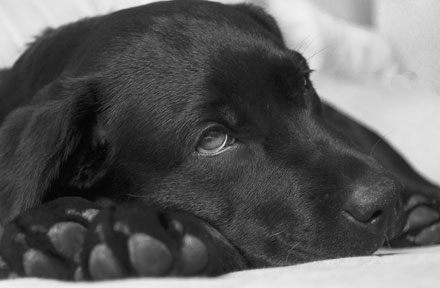
What to Feed a Sick Dog With No Appetite? [2025 Guide]
May 16, 2023
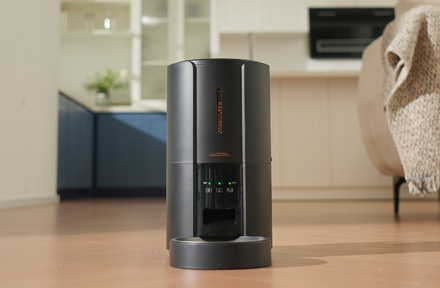
Troubleshooting Common Issues with Automatic Pet Feeders: Tips & Tricks for Pet Owners
Oct 26, 2023
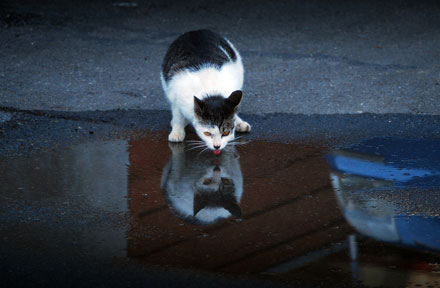
Why Does My Cat Cough After Drinking Water? 8 Potential Reasons
Mar 13, 2023
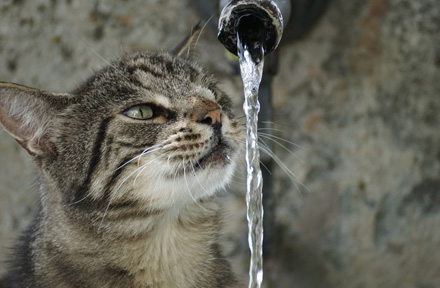
Why is My Cat Throwing up Water? Top 5 Causes Here
Feb 08, 2023
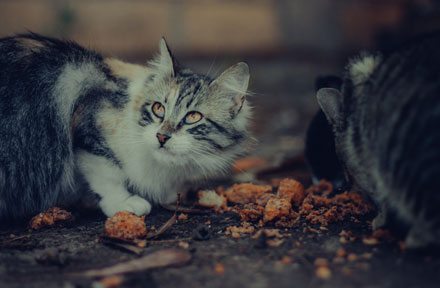
My Cat Only Eats A Little at A Time - What to Do?
Feb 27, 2023
$99.99
$129.99
Copyright © 2025 WOPET. All Rights Reserved.